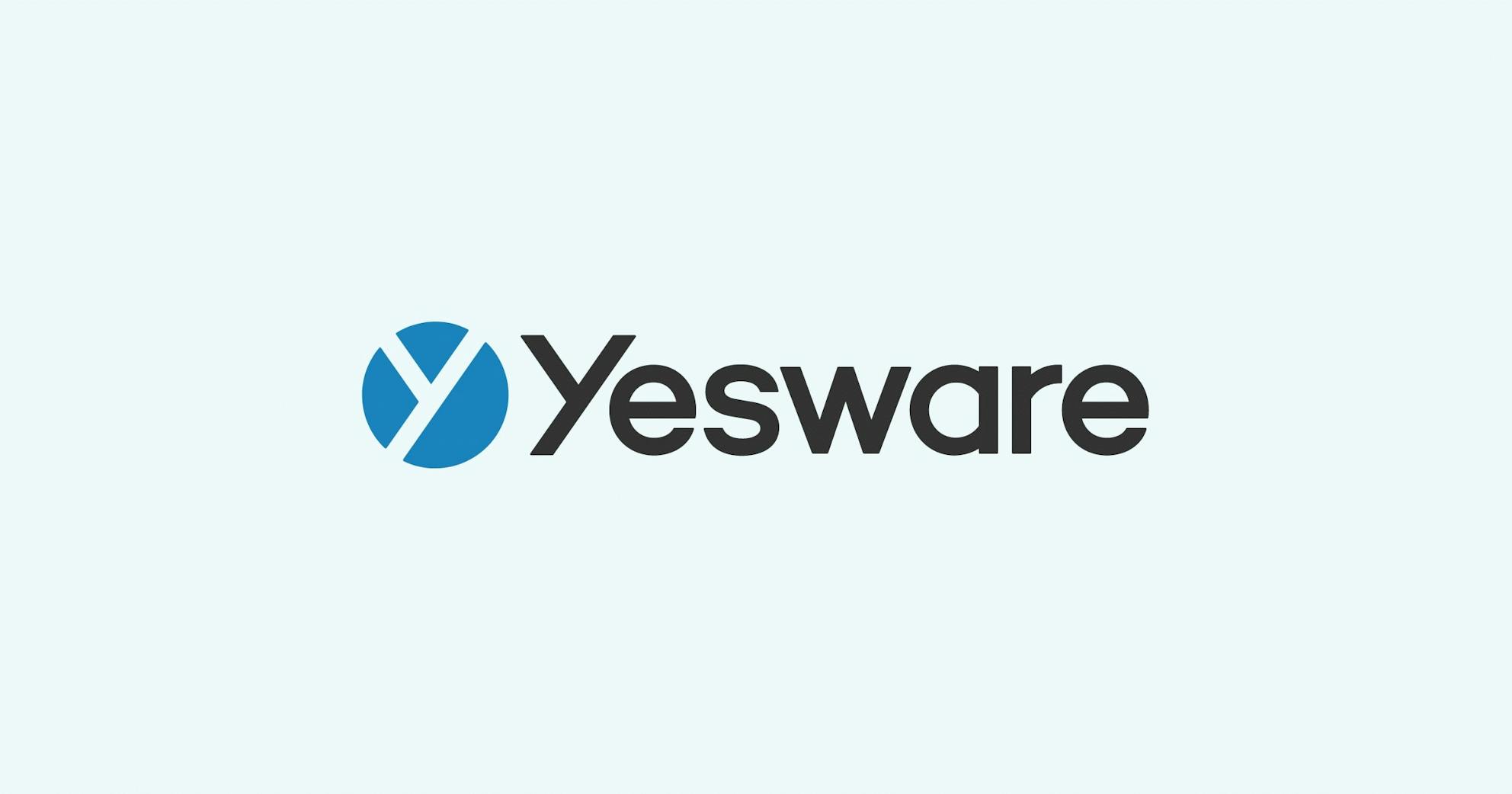What the Best Salespeople Know About Screen Sharing
Jessica Stillman
If you’ve been a salesperson for more than a week, you’ve no doubt experienced death by PowerPoint. Turns out it’s even worse over the phone; poor screen sharing is more lethal than boring in-person presenting.
Eliminating snooze-inducing online presentations isn’t just a matter of mercy for listeners. For salespeople, who increasingly pitch prospects from behind their computer screens rather than face-to-face, subpar screen sharing skills can seriously reduce the number of deals you close. So how can you buff up your virtual presenting skills and maximize your chances of selling over WebEx, GoToMeeting, and the like?
The first step, according to experts, is to get a bit of humility. Even if you’ve been in the business a while and have impeccable in-person sales skills, if you shift gears and take on more virtual presenting, you’re probably going to need some training.
“It’s something that a manager needs to put effort into training around. It’s not given enough credit in terms of something you really need to teach someone to do effectively,” says Bob Marsh, CEO of sales gamification software company LevelEleven, and an 18-year sales veteran.
Experienced field salespeople often overestimate their screen sharing abilities as well, according to Tom Drews, CEO of WhatWorks, a virtual presentation training company. “A salesperson who has been around a long time has sales skills, which is a big bonus, but typically they’re so used to presenting in person that they get a little bit too confident and don’t feel like they need to learn the skills or the tools,” he says.
Still think you’re an expert? Drews actually trained the WebEx team themselves in virtual presenting. “That’s when I realized: if the experts of the world have a need for this, then so would their customers,” he says. Don’t take it personally, but you’re probably not a natural.
Engagement for Dummies
OK, you’re willing to admit that your screen sharing skills could use some polishing. What do the majority of salespeople need to improve? Chances are, you’re not nearly as engaging as you think you are.
“Most of the time you can’t see your prospect so you don’t know what they’re doing — if they’re answering emails or if they’ve wandered off to the fridge,” Drews says, stressing that it’s your job to both gauge their level of interest and to make your presentation more compelling than last night’s leftovers or pictures of cats.
“A lot of salespeople talk too much,” says Marsh. “The best salespeople ask good, open-ended questions along the way. Don’t ever talk more than maybe three to five minutes before stopping and acknowledging, ‘Does this make sense?’ “Is this what you were looking for? What are your thoughts?'” Listen not just for any old answer but for genuine interest. “Yup” and “uh-huh” don’t cut it.
You shouldn’t just ask questions during the presentation itself. It’s also worth your while to phone up your prospect before you connect online to do a bit of discovery, asking them about their challenges and needs, and what they hope to learn in the presentation. “Get as much information as you can and then custom-design a presentation specifically based on their needs,” suggests Drews. “Often it takes so much effort to get the right audience in the room, you don’t want to waste it spending the whole time asking questions.” It’s more work, he acknowledges, but it’s usually worth it.
Adding Hollywood
Monitoring whether you’re being a motor mouth is a good start when it comes to engagement, but if you want to really excel, you need to add some razzle-dazzle. “One of the big differences between presenting in-person and online is when you’re in person you really don’t need slides as much, but online the visuals become so much more important,” says Drews, who recommends that you have an average of two slides per minute.
“That scares a lot of people,” he concedes, but stresses that this sort of careful preparation can greatly increase your chances of making a sale. The slides should be plentiful but they also shouldn’t be boring or over-crowded. “I call it adding Hollywood. Add the entertainment factor: photos, visuals, graphics, multimedia, videos,” he recommends.
Once you’ve got your customized slide deck, make sure you’re getting the full benefit of all that extra work by ensuring your prospect knows where to look. Asked about his top screen-sharing pet peeve, Marsh complains about presenters who “assume that I know what they’re talking about.” When you’ve added Hollywood and there is lots to see, make sure you’re clearly indicating what you’re referencing. “Unless they’re grabbing their mouse and showing you, ‘here’s where I want you looking,’ I don’t even know what they’re talking about. You have to think about the movement of someone’s eye,” says Marsh. In other words, the best screen sharing salespeople are paying even more attention to their audience over the phone than they would in person.
Get sales tips and strategies delivered straight to your inbox.
Yesware will help you generate more sales right from your inbox. Try our Outlook add-on or Gmail Chrome extension for free, forever!
Related Articles
Melissa Williams
Melissa Williams
Casey O'Connor
Sales, deal management, and communication tips for your inbox

